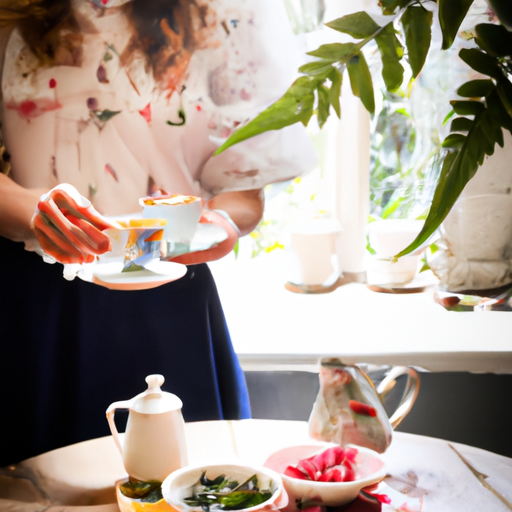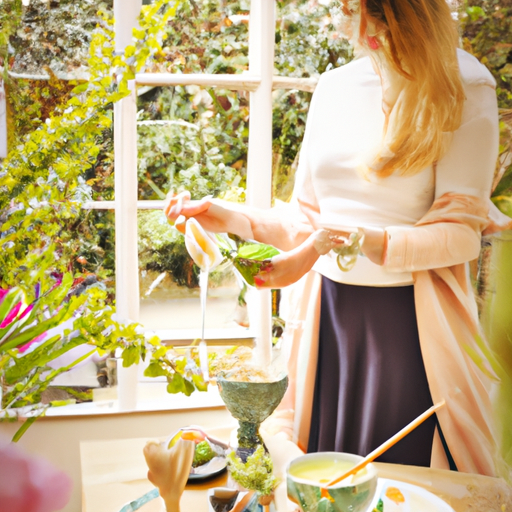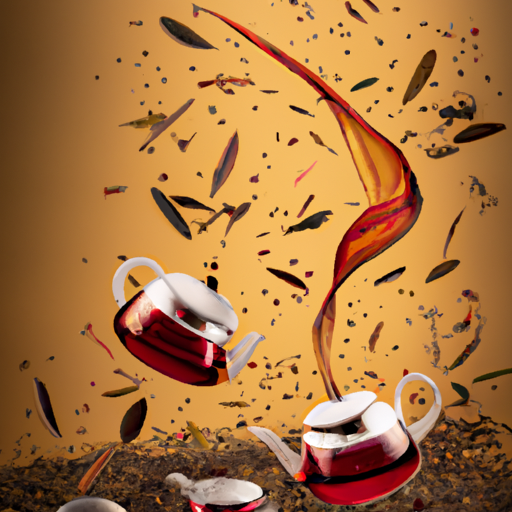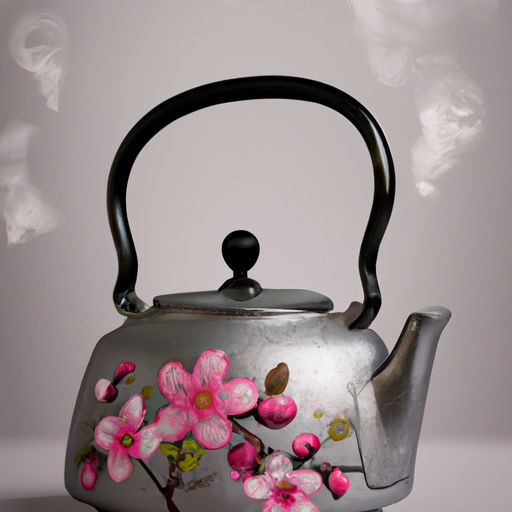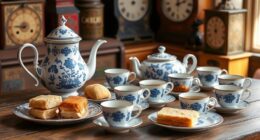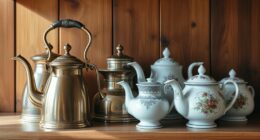Were you aware that tasting tea is considered an art form that requires decoding the complex components of tea in order to fully grasp its taste and scent?
Just like wine, tea can be described using tasting notes, which help in selecting the perfect tea that suits your personal preferences.
As a tea enthusiast, I have delved into the world of tea tasting, and it has been a fascinating journey.
From analyzing the appearance of tea leaves, such as their shape and color, to observing the color and clarity of the tea liquor, every detail contributes to the tasting experience.
And let’s not forget about the aroma – both of the dry and wet leaves, as well as the brewed tea – that plays a significant role in deciphering the flavors.
In this article, we will explore the basics of tea tasting, understand the importance of tasting notes, and discover ways to enhance your tea tasting experience.
So grab a cup of your favorite brew, and let’s dive into the art of decoding tea tasting.
Key Takeaways
- Tasting notes are used to describe the flavor of tea, similar to wine.
- Understanding tasting notes helps in selecting tea that suits one’s palate.
- Different tea vendors may have different descriptions for the same type of tea.
- Tea tasting is a personal experience, with different people describing tea differently.
Tea Tasting Basics
I love exploring the basics of tea tasting, from understanding the different types of tea leaves to deciphering the aroma and flavor notes in each cup. Tea tasting techniques are essential in truly appreciating the complexities of tea.
When it comes to tasting, aroma plays a vital role. The aroma of dry and wet leaves, as well as the brewed tea, can reveal important clues about the tea’s flavor profile. It sets the stage for the tasting experience, enticing the senses and building anticipation. The aroma can range from floral and fruity to earthy and smoky, giving us a glimpse of what lies ahead.
As we delve into the world of tea tasting, understanding the importance of aroma will enhance our ability to fully appreciate and enjoy each cup.
Understanding Tasting Notes
Understanding tasting notes helps me select the perfect tea that suits my palate. Exploring flavor profiles and deciphering tea descriptions becomes easier when I can identify the key tasting notes. Here are some tips to enhance your understanding of tasting notes:
-
Pay attention to the tea leaves: Look for descriptors like broken, leafy, needles, pearls, steamed, tippy, or wiry. These descriptions give insights into the quality and processing of the tea.
-
Observe the tea liquor: Notice the color range from pale yellow to deep red. Clarity is important, as clouding may indicate poor quality.
-
Consider the mouthfeel: The strength and texture of the tea, known as mouthfeel, greatly impact the overall taste experience.
-
Dive into the flavor wheel: The flavor wheel provides a comprehensive language to describe the different layers of taste in tea, from headnotes to body notes and tail notes.
By understanding these tasting notes, I can confidently select teas that match my preferences and embark on a delightful tea tasting journey.
Enhancing the Tasting Experience
To truly savor the tea tasting experience, it’s essential to engage all of our senses and fully immerse ourselves in the flavors and aromas that dance on our palate.
One way to enhance the tasting experience is by choosing the right tea utensils. From elegant teacups to precise infusers, having the proper tools can elevate the enjoyment of each sip.
Another way to expand your tea palate is by experimenting with different types of tea. Venture beyond your usual favorites and explore the vast world of tea flavors. Try a delicate white tea, a bold black tea, or a fragrant green tea to discover new taste sensations.
Don’t be afraid to explore the nuances and complexities of each tea variety. By embracing the art of flavor, you can uncover a whole new realm of tea enjoyment.
Frequently Asked Questions
What are some common mistakes that beginners make when tasting tea?
Common mistakes beginners make when tasting tea include overlooking the importance of tea aroma, not paying attention to the flavor profile, and not understanding the correlation between taste and aroma. Proper tea storage and brewing techniques are also crucial for maintaining freshness and flavor preservation. Additionally, beginners may not be aware of the health benefits of different tea types and the correlation between taste and aroma.
How does the region where the tea is grown affect its flavor?
The region where tea is grown plays a crucial role in its flavor. The unique climate, soil, and altitude of each region create distinct taste profiles, known as terroir, which can range from delicate and floral to bold and robust.
Are there any specific brewing techniques that can enhance the flavors of different types of tea?
Brewing techniques play a crucial role in enhancing the flavors of different teas. From water temperature to steeping time, each tea requires specific attention to bring out its unique flavors and aromas. It’s a delightful journey of exploration and taste.
Can you provide some tips for properly storing tea to maintain its freshness and flavor?
To maintain tea freshness and flavor, proper tea storage is crucial. Store tea in airtight containers, away from light, moisture, and strong odors. Avoid storing near spices or in the refrigerator.
Are there any health benefits associated with different types of tea, and how do these benefits relate to the taste and aroma of the tea?
Oh, the irony! Who knew that tea, with its delicate taste and aroma, could also offer health benefits? From calming chamomile to antioxidant-rich green tea, different types of tea can enhance well-being while tantalizing the senses.
Conclusion
In conclusion, tea tasting is a captivating art that allows us to delve into the intricate flavors and aromas of different teas. By deciphering tasting notes, understanding the appearance of tea leaves, and appreciating the color and clarity of the tea liquor, we can truly enhance our tasting experience.
It’s fascinating to note that there are over 1,500 different varieties of tea, each with its own unique characteristics and nuances. So, whether you’re a tea connoisseur or just beginning your tea journey, I encourage you to explore the world of tea tasting and savor the sensory delights it offers.

